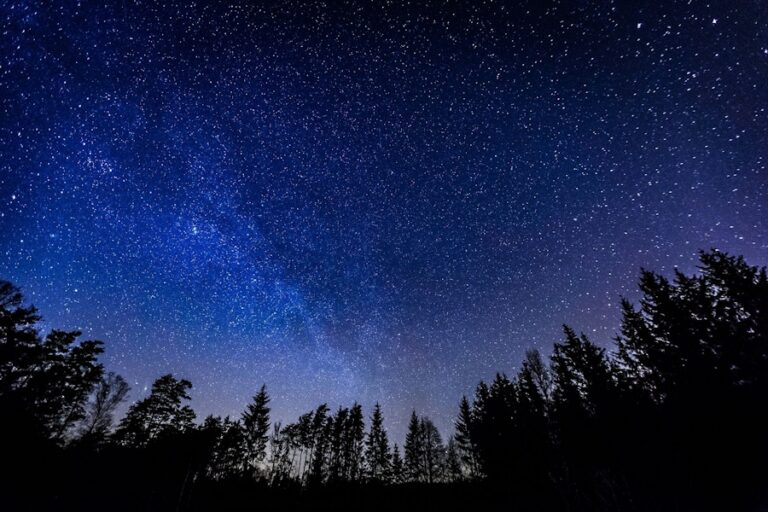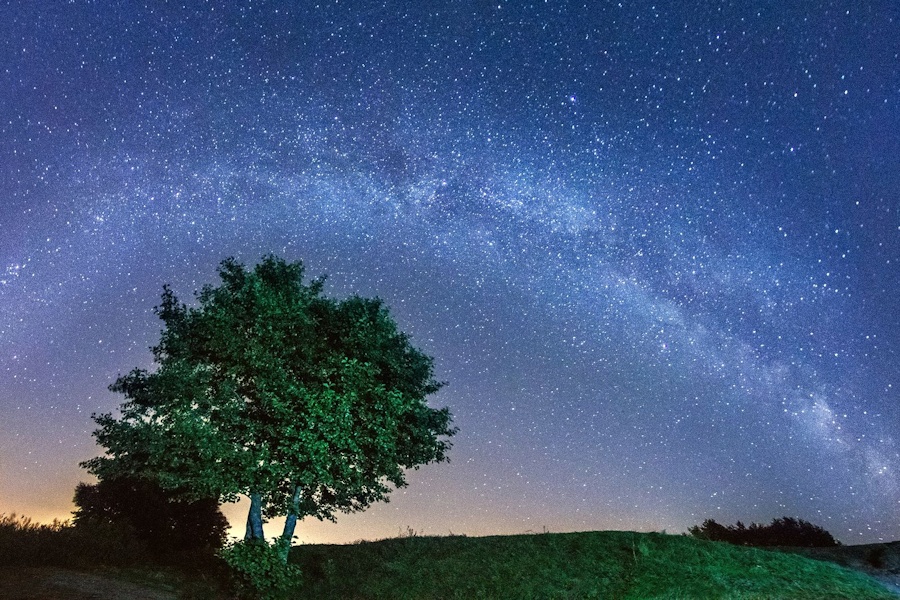
Watching the Night Sky
Stargazing Tips
Haven’t there been times when you’ve looked up at the stars and felt like you could stand there for hours just watching the night sky? Well, that’s what “stargazing” is all about.
Stargazing is a hobby enthusiastically embraced by countless people all over the world. The pastime involves observing and getting to know the night sky. Stargazing can be done with your unaided eyes alone or with special equipment designed to improve your view.
The night sky is filled with stars, planets, constellations, and other celestial matter, as well as moving objects like meteors (commonly called shooting stars), satellites, space debris, and aircraft. The more you stargaze, the more you’ll notice… the more you’ll learn and discover… and the more there will be to enjoy and appreciate.
Here are a few suggestions from folks who spend time stargazing…
- Educate yourself. Do some research before your begin stargazing. Become familiar with how things look in the night sky and where things are located so it will be easier for you identify stars, constellations, planets, etc.
- Be prepared. Before you head out to do some stargazing, check the weather forecast to make sure the night will be clear. You also will want to pull together a few things to keep you comfortable out there, like a blanket for the ground, a reclining lawn chair, and layers of clothing you can put on or take off as needed. You should also pack enough water to stay well-hydrated and perhaps some light snacks as well.
- Find a prime location. Artificial light will diminish your view of the night sky so it’s always best to find a dark spot to enjoy the full experience. That means getting away from towns, cities, shopping centers, neighborhoods, etc. Even a single street light or lone porch light could affect your view.
- Get yourself a good stargazing chart and/or app. Star charts (or star maps) are considered “old school,” but it can be fun to use them to investigate the night sky just like people did generations ago… without the aid of computers or smartphones. You can hold a chart up to the sky and compare what you see. Of course, stargazing charts are also available to download via the Internet. Stargazing apps can be set to your exact location, time of day, and season of the year, which makes them very convenient as well as more exacting than a traditional star chart.
- Bring along some red light. You will need a way to light your path as you navigate in the dark, but the light produced from a regular flashlight can impede the stargazing experience because of the effect white light has on night vision. Special flashlights are available that produce red light or you can make your own by covering a traditional flashlight with some red cellophane.
- Find a good pair of binoculars. Binoculars can help you see more details in the sky and are especially fun when checking out the surface of the moon. Surprisingly, most affordable telescopes do not offer much more detail than binoculars. So, unless you are willing to invest in a high powered and probably expensive model, a telescope may not add that much to the stargazing experience.


Age Adds Flavor
We are not old, we are seasoned!
Don’t forget to visit us on FACEBOOK!
